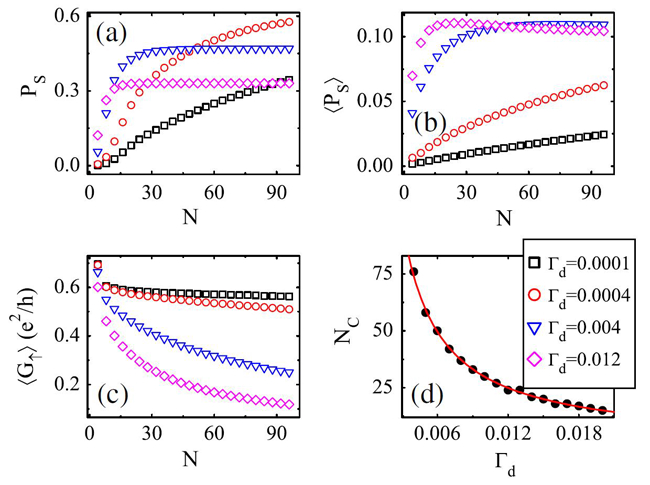The Institute of Physics has made progress in the study of spin filters based on DNA molecules
As we all know, DNA is genetic material. Different organisms synthesize specific proteins according to their specific DNA sequences, and show different genetic traits, thus creating diversity in the world. Due to its double-helix structure and self-assembling nature, the characteristics of DNA have attracted widespread attention from scientists in various countries and become a hot research issue in cross-disciplinary fields.
In 2011, the Israeli Naaman team collaborated with German scientists to conduct experiments on DNA as a spin filter. They first placed a lot of identical DNA closely on the gold surface, then used ultraviolet light to escape the electrons from the gold surface, and finally used a Mott polarizer to detect the polarization properties of the photoelectrons that passed through the DNA. Their research results show that: (1) The electrons passing through the single-layer double-stranded DNA system will generate polarization, with a spin polarization rate of 60%. (2) The spin polarization rate increases with the length of double-stranded DNA. (3) The polarization properties of the photoelectrons transmitted through the double-stranded DNA are basically independent of the polarization of the incident light. (4) The single-layer single-stranded DNA system has no filtering effect on electron spin. The research team further conducted the following experiment: connecting a single double-stranded DNA molecule between two electrodes and directly measuring the current-voltage curve of the system, further confirming the fact that the DNA molecule can serve as a spin filter. Their work was published in Science 331, 894 (2011) and Nano Lett. 11, 4652 (2011).
Recently, Guo Aimin, a postdoctoral fellow in the theoretical office of the Institute of Physics, Chinese Academy of Sciences / Beijing National Laboratory for Condensed Matter Physics and researcher Sun Qingfeng, studied the spin transport properties of DNA molecules. The spatial structure of double-stranded DNA molecules is shown in Figure 1. They considered connecting a single DNA molecule between two non-magnetic electrodes and gave a Hamiltonian model of the system, including consideration of spin-orbit coupling, decoherence, and the double helix structure of DNA. The results show that: (1) In the presence of decoherence, helix, and spin-orbit coupling, double-stranded DNA molecules have a larger spin polarization rate; As a result of the interaction with the spin-orbit coupling, the three are indispensable (as shown in Figure 2). (2) The spin polarizability of double-stranded DNA molecules will increase as their length increases, as shown in Figure 3. When the double-stranded DNA molecule is 80 bases in length, the spin polarization rate can exceed 60%; (3) single-stranded DNA molecules cannot filter electron spins. This is completely consistent with the above experimental results. In addition, they also studied the relationship between spin polarizability and various parameters of the system, and found that by appropriately increasing the helicity of double-stranded DNA molecules, the spin polarizability can be significantly increased.
This work clarified the physical mechanism of DNA molecules as spin filters, gave the efficiency of DNA molecule spin filtration under different conditions, and laid the theoretical foundation for further design of DNA molecule spin devices in the future. The research results were published in Physical Review Letters 108, 218102 (2012).
The research work was supported by related projects of the National Natural Science Foundation of China, the Ministry of Science and Technology and the Chinese Academy of Sciences.
Figure 1. The spatial structure of double-stranded DNA.

Figure 2. The conductance of spin-up and spin-down electrons under different conditions, and the relationship between spin polarizability and energy.

Figure 3. (a) Spin polarizability, (b) Average spin polarizability, (c) Relationship between average spin-up electron conductance and DNA length. (d) The relationship between transition length and decoherence.
ZENGHUI PAPER PACKAGE is a good jewelry packaging manufacturers and suppliers with good reputation, we have our own factory, we are able to provide our customers varieties of jewelry boxes with good quality and reasonable price. such as necklace boxes,ring boxes,earring boxes.Welcome to wholesale products from us.
Jewellery Gift Boxes,Jewellery Packaging Boxes,Jewellery Box Packaging,Jewellery Box Paper
Zenghui Paper Package Industry and Trading Company , http://www.zhpaperpackage.com